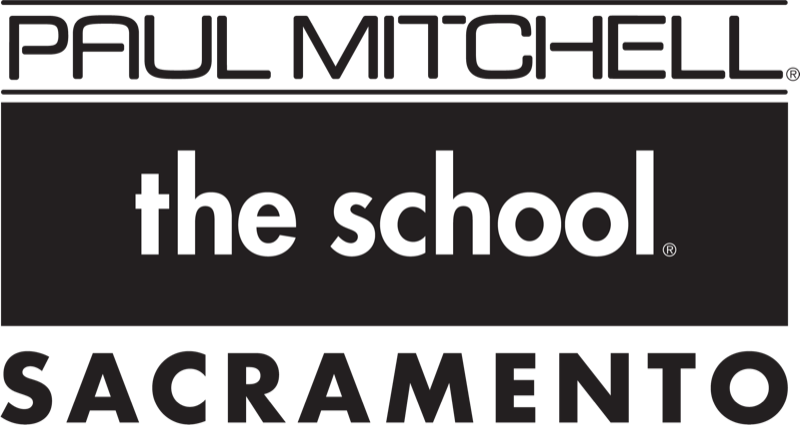NAIL CARE COURSE DESCRIPTIONS
Nail Care: SOC 39-5092.00, CIP Code: 12.0410
*This program is not being offered at this time.
The curriculum involves 400 hours necessary to satisfy California State requirements. All courses are taught in English. The course of study includes extensive instruction and practical experience in manicures, pedicures, massage, customer service, personal appearance & hygiene, personal motivation & development, retail skills, client record keeping, business ethics, as well as sanitation, California state laws & regulations, salon-type administration, and job interviewing. The school delivers instruction in the form of powerpoints, keynotes, apps, lectures, hands-on applications and role playing.
Graduates are prepared to be entry-level manicurists.
This course is taught in English. Textbooks and course materials are only offered in the English Language.
All courses are taught in English. The school does not offer English language services. Students must be proficient in the English language. Applicants may document proficiency using the Test of English as a Foreign Language (TOEFL) results.
NAIL CARE COURSE OVERVIEW
Course Hours: 400 clock hours
The course is divided into pre-clinical instruction and clinical service learning experiences.
- Pre-clinical Classroom Instruction: The first 105 hours are devoted to classroom workshops, where students learn nail care principles, technical information and professional practices.
- Clinic Classroom Learning Experience: The remaining 295 hours are spent in the clinic classroom where practical experience is gained.
NAIL CARE COURSE OUTLINE
Each student’s time at Paul Mitchell The School Sacramento nail care program will be divided into three (3) designations:
- CORE: Pre-Clinical classroom to learn the rules and prepare for the guest services.
- ADAPTIVE: Blend of classroom and clinic floor learning focused on reinforcing the core skills and professional development, while adapting to live clinic classroom experiences.
- CREATIVE: Final phase of nail technician classroom and clinic classroom learning that prepares the future professional for licensing and salon and spa life. Students will enter a new phase of elective classroom workshops, coupled with challenging practical services that will continue to build them into confident nail care specialists.
(The nail care program is not being offered at this time)
NAIL CARE COURSE SUBJECTS
The instructional program of Paul Mitchell The School Sacramento meets or exceeds the state requirements:
| Subject | Theory Hours | Practical Application |
|---|---|---|
|
Technical Instruction and Practical Training in Nail Care (300 hours) |
||
|
Manicure and Pedicure Application of Artificial nails including liquid, gel, and powder brush-ons, nail tips, nail wraps and repairs and nail analysis |
60 | 60 180 Nails |
|
Technical Instruction and Practical Training in Health and Safety (100 hours) |
||
| Laws and Regulations | 10 | |
| Health and Safety Considerations | 25 | |
| Disinfection and Sanitation | 20 | 10 |
| Bacteriology, Anatomy and Physiology | 10 | |
| Additional Training | 275 | |
| TOTAL HOURS | 400 | |
Paul Mitchell The School Sacramento offers employment assistance to help graduates’ efforts to secure education-related employment that includes, but no limited to training in professionalism, resume’, development, job interview preparation and job search skills. These additional course are not a requirement for state licensure. No additional hours will be required to complete the additional training, and these additional courses are not a requirement for state licensure.
Exceeds means that during the course of your training you may complete more services then what is listed, however no additional hours, over the 400 required by the Board of Barbering and Cosmetology (BBC) will be required.
NAIL CARE PROGRAM TESTING AND GRADING PROCEDURE
The following tests and grading procedures are used to assess student learning and mastery of course content in the 400-hour course:
- Students must receive a grade of 70% or higher on each theory exam.
- Students must receive a grade of 70% or higher on their final exam.
